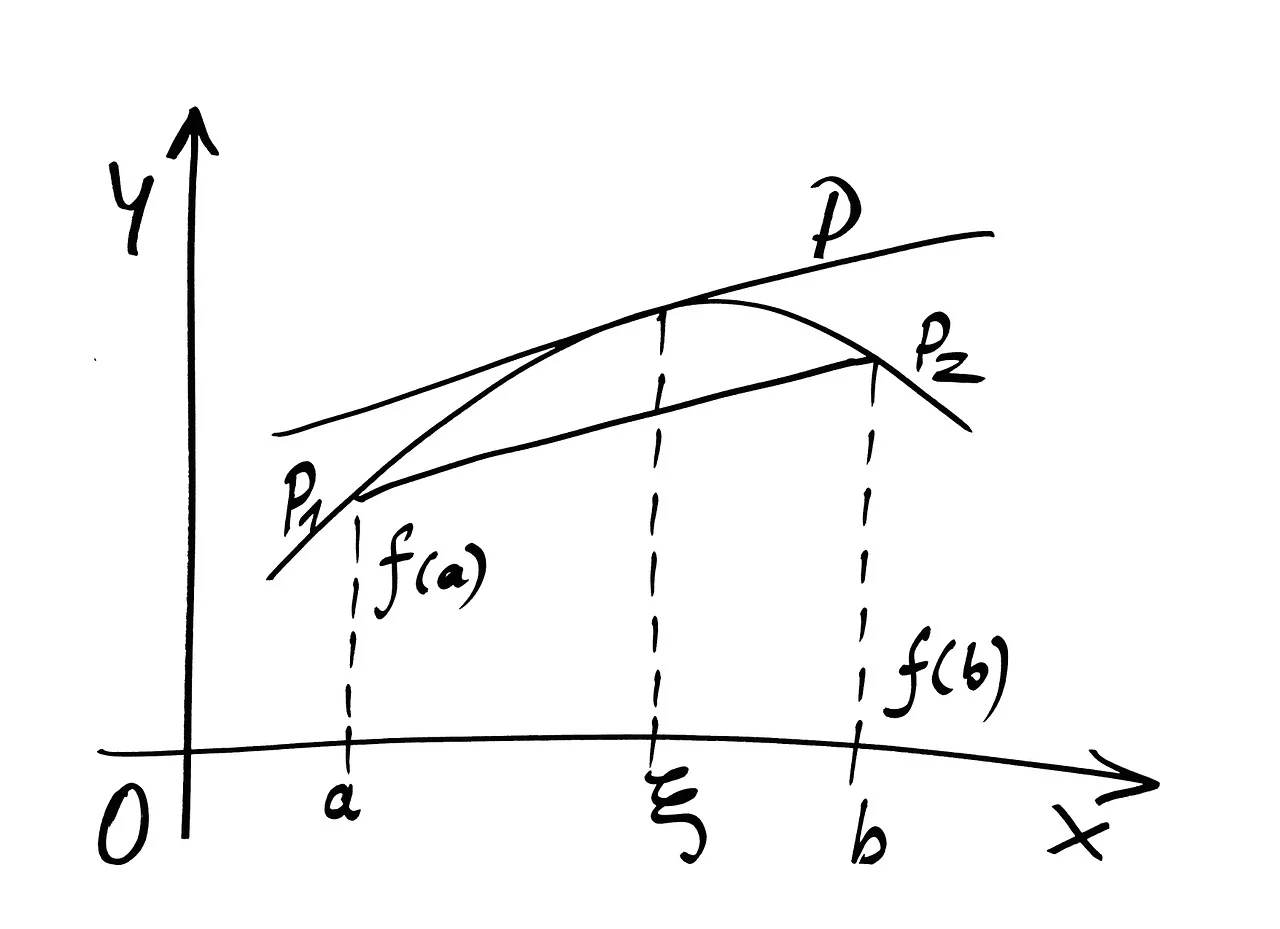The history of calculus and its many problems is almost as fascinating as its many modern applications and challenges. Gottfried Wilhelm Leibniz and Sir Isaac Newton discovered calculus in the 17th century. However, they did so independently then accused each other of stealing the other’s work. Their mathematical feud continued until the end of their respective lives.
Some historians argue that calculus was commonplace much earlier than the 17th century. Some claim it got used as early as 2000 BC. It’s true that some parts of calculus had been around for centuries before Newton’s and Leibniz’s discoveries, but they get credited with bringing all the functions, derivatives, integrals, and other terms into a group and calling it infinitesimal calculus.
For clarity, calculus is here to help us solve problems, so we use the term problems as a way to describe an equation since it’s a problem until we answer it. The challenge in solving many problems is determining which formula applies and how to write the equation. Even a small error in a formula can wildly change the outcome when you’re dealing with math.

Image via Pixabay
It sounds simple enough, right? However, if you knew a house cost X dollars in 1980 and it’s value increased until it was sold again in 1990 and you need to show at what rate the value of the house increased over time, how do you write that statement in mathematical terms? It sounds mind-numbingly hard, but the solution is simple if we use the right formula.
The calculus way to finding a solution to our problem is by creating a graph and finding the slope of the line that connects the original value of the house to its value at the time it got sold. The slope of the line indicates the rate at which the house increased in value. We’re assuming that the rate of increase created a straight line for this problem.
Defining the Slope Formula in Calculus
The slope of a line is always the same anywhere along the route. If we get technical, the slope is merely a ratio that defines the changes in a line as it goes from its starting point to its end. It’s easier to understand if you picture a graph and imagine the line starting at the bottom left corner of a graph and growing until it reaches any point along the right wall of the chart.
The changes in the line’s rise as it travels to its ending point on the right wall is the line’s slope. Let’s look at a real-world scenario like determining the slope of a roof. Picture a graph with a bottom row of evenly spaced numbers from zero to nine. The right wall of our graph has the same numbers on it except they go up vertically beginning with zero.
Our roof begins at the bottom left over the number zero and travels up until it ends at the number seven on the right wall of the graph. We know the graph is nine points across the bottom and the roof intersects the right wall at the number eight, we can write a simple formula to explain the slope which is: the slope equals eight divided by nine or 0.888 repeating.
If the numbers on our graph indicate feet, we now know the roof rises about 0.88 feet per foot of roof length. This application of the slope formula has a lot of applications in the real world. For instance, an accessible wheelchair ramp at a public facility in some states must maintain a specific ratio. The ramp must be one foot long for every inch of rising. If the ramp is four inches tall, it must be four feet long.
Our problem is simple to keep the math simple for the sake of explaining the slope formula. The math gets more complicated based on the type of slope. There are four types of slopes to contend with including:
- Zero slope: the line is perfectly horizontal
- Positive slope: this is when a line increases in height
- Negative slope: this is a positive slope in reverse
- Undefined slope: primarily used to define the slope of a vertical line because you can’t divide by zero
Real World Examples of the Importance of the Slope Formula
We use math every day in hundreds of ways. Without math, we couldn’t drive cars or browse the internet. If you look closely, you’ll find some form of math in everything you do from cooking to exercising. Aside from built-in math that we all take advantage of, math is essential to many careers. You just can’t exist and not use math directly or indirectly.
For most of us, we use math indirectly almost constantly. For instance, we know it takes 20 minutes to drive from home to work when traffic is slow. However, some days traffic is heavier than others so we use variables and math to determine when we should leave to ensure we make it to our job on time. Imagine the horror of baking without using math to measure ingredients.
You may use math in a more direct sense if you work in medicine, construction, or marketing. If you do work in these fields, you know that the slope formula may be one of the most critical math formulas that we take for granted. It has different names depending on the occupation, but it’s all the same when you reduce it to pure math.
The most apparent jobs that require a solid understanding of the slope formula are architects and construction workers. They use the slope formula or a variation of it when designing or building roofs, stairs, ramps, and just about every part of a building above ground. A typical house is little more than a box with a triangle nested on top of it. The slope formula is used to build the triangle on top.
The slope of the roof determines the number of materials needed to build it along with how to measure and cut each piece of material. It is much easier to construct a triangle out of wood and nails if you know how long each piece of wood needs to be to make the slope correct. In some cases, getting the slope wrong could cause the roof to collapse or perform poorly in high winds.

Image via Pixabay
The slope formula makes everything around us, in respect to construction, safer. A slope is used to make roads safer and easier to travel across. It makes stairs and accessibility ramps safer and easier to use as well. Imagine building stairs without using the slope formula. Some might stretch out into the street while others may be too steep to climb. The same principle applies to roads and bridges.
Social scientists and marketing professionals use the slope formula as well. Remember our example of a graph and determining the rise of a roof based on its run? The same principle gets used to determine things like how well a product is increasing concerning sales or how a population is performing based on specific economic indicators.
The slope of a line on a marketing graph tells a company how their product is performing. A negative slope indicates poor performance while a positive slope means the product is doing well. Determining the slope of the line on the marketing graph lets them know exactly how well the product is doing over time and may even indicate when the product’s sales are at their best.
People that work in healthcare use the slope formula in a more critical sense. For example, epidemiologists may use a graph and the slope formula to determine how rapidly a disease is progressing over time. Doctors may use it to determine how long it might take for a treatment to cure a patient. The slope of a line may tell a doctor to increase or decrease medications as well.
It’s critically important to healthcare to know the slope of lines on a chart if we expect doctors to find cures for terminal disease and many chronic ailments that don’t have treatments. It’s all about knowing how high a line rises over a specific period. That’s all math and 100 percent slope formula.
The list of uses for the slope formula is vast. If your career is impacted by it, you recognize its importance and understand why we think it’s one of the most crucial calculus topics. Beyond the examples we touched on above, the slope formula has many other uses including:
- Determining speed over time
- Determining distance over time
- Calculating stock prices over time
- Determining weight loss over time
- Calculating win versus loss rates for sports teams
- Calculating pay rate increases over time
Some Final Notes
Nothing we see or do today would be possible without math. Okay, a few things might be possible, but roads and stairs would be unsafe while some buildings might fall randomly. You wouldn’t be able to read this article without math because the internet and your computer could not exist without it. Appreciate the power of it and how the slope formula impacts your life at every angle.
The video may take a few seconds to load.
Having trouble Viewing Video content? Some browsers do not support this version – Try a different browser.






